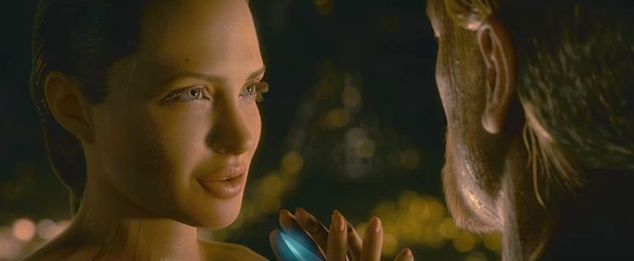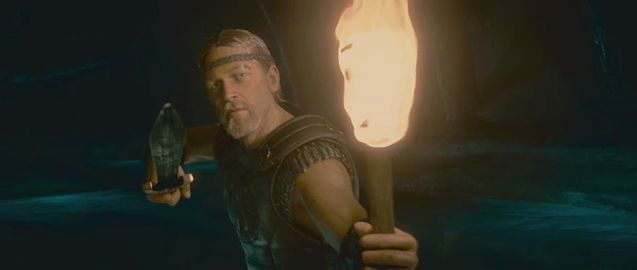Robert Zemeckis’ new computer-animated epic Beowulf is modelled as the future of cinema. Designed for high-definition digital 3-D projection, it is Hollywood’s latest attempt to create a unique theatrical experience that can’t be downloaded. Yet the film is something of an oddity. Despite Zemeckis having paid tribute to the classic cartoonists with his 1988 feature Who Framed Roger Rabbit?, his new film is deeply at odds with the traditional practice of animation.
Beowulf advances “performance-capture” techniques Zemeckis had previously used on his 2004 film The Polar Express, in which the movements of actors are mapped directly onto digital characters. Peter Jackson did a similar thing to use performances by Andy Serkis as the basis for Gollum in his Lord of the Rings trilogy and Kong in King Kong, with celebrated results. Yet Jackson was working to achieve characters that couldn’t be achieved by traditional means, and the motion-captured performance was considerably reworked by a team of animators.

